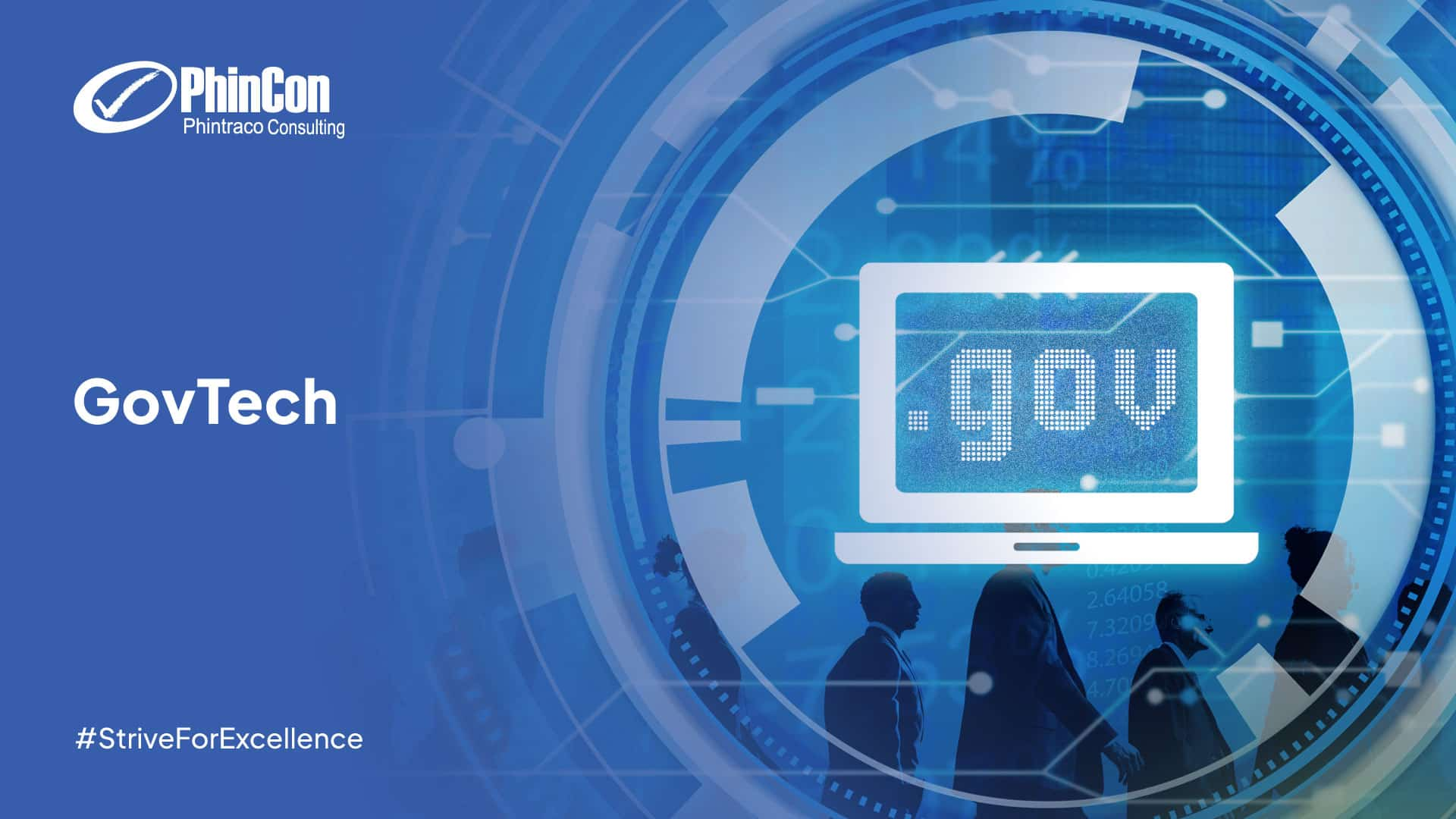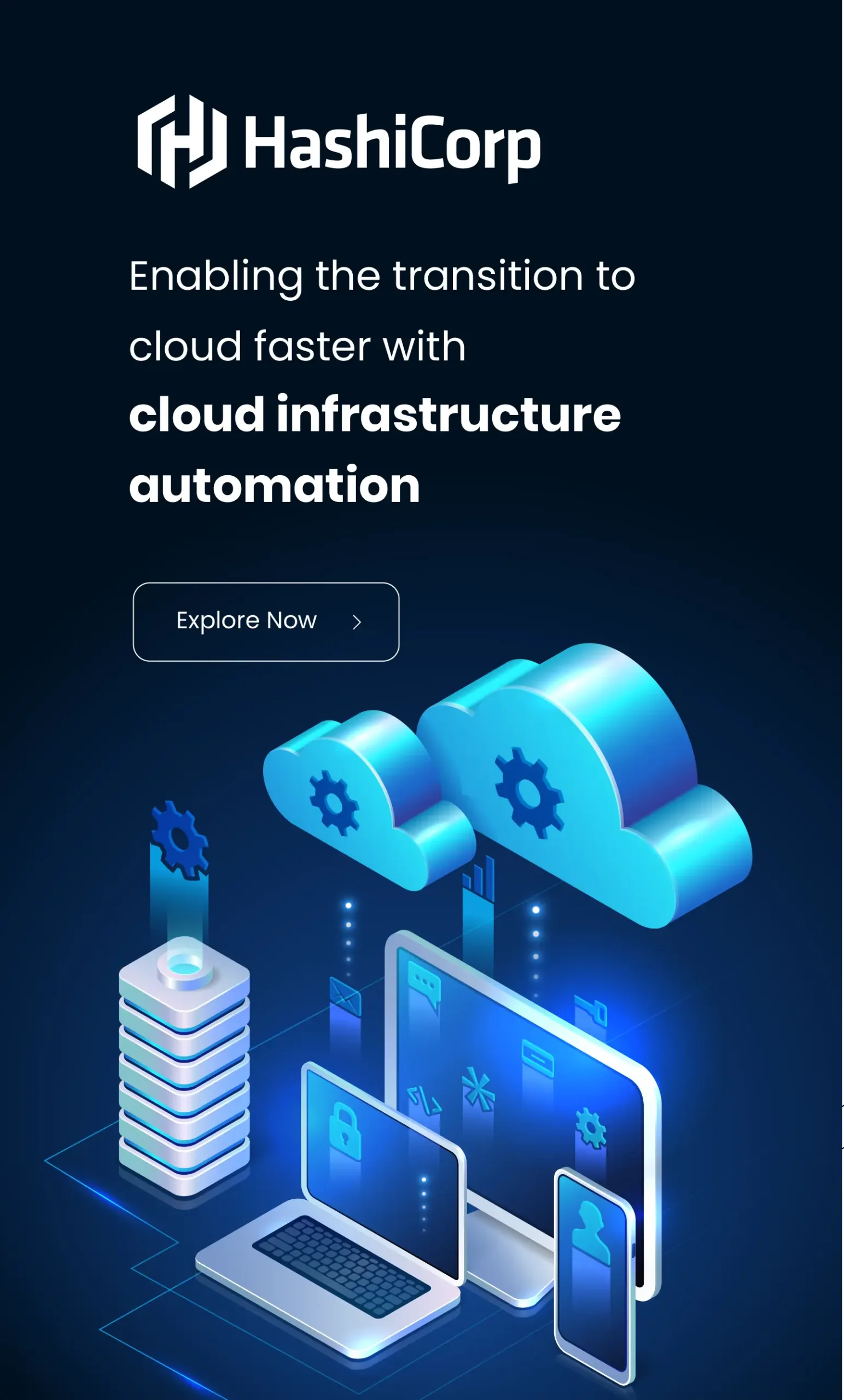Blog and News

Agile Software Development: Process, Benefits, Best Practices
Agile software development has changed how teams build and deliver software by emphasizing flexibility, collaboration, and user feedback. Unlike traditional development methods that use a rigid and linear process, Agile promotes iterative progress and quick adaptation to change. For example, Spotify, one of the largest music-streaming platforms, adopted Agile to enhance team autonomy and innovation. By organizing small and cross-functional “squads”, Spotify could continuously improve its product while maintaining speed and quality.
This article will explore agile software development, including its workflow, process, benefits, and best practices to follow.
What is Agile Software Development?
Agile methodology refers to a project management framework that divides projects into several smaller, manageable phases known as sprints. It is an important part of the software development life cycle (SDLC), as it is an iterative and flexible approach that emphasizes collaboration, rapid delivery, and continuous improvement.
Many companies must adjust their culture to adopt Agile in software development because this framework focuses on delivering software in parts rather than the complete product. Agile methodology is now widely used across various industries for its adaptability and focus on delivering value quickly and efficiently.
How Does Agile Software Development Work?
Agile software development follows several key phases in its workflow to deliver high-quality software through iterative cycles, continuous feedback, and adaptive planning. The key phases are:
- Concept: It focuses on defining the project scope, prioritizing features, and understanding key requirements through collaboration between the product owner, stakeholders, and client.
- Planning: The development team is assembled, roles are assigned, and necessary tools and resources are provided. The team works on designing the software architecture and user interface mock-ups. Detailed planning includes creating a product backlog for upcoming work.
- Development/Iteration: The team develops software in sprints, typically lasting 1–3 weeks. Developers collaborate closely with designers and stakeholders to implement prioritized features. It often includes coding, UI/UX design, and architectural work.
- Testing: Testing occurs iteratively alongside development to ensure quality and functionality. It involves automated and manual testing, quality assurance, and user acceptance testing.
- Deployment: The product is deployed after sufficient iterations and testing. It may include final user testing, documentation, and support preparations.
- Maintenance: Post-deployment, the product undergoes maintenance to fix bugs, update features, and improve performance based on user feedback.
Why Use Agile for Software Development?
Using Agile for software development offers various advantages that improve project outcomes, team collaboration, and product quality:
- Flexibility and Adaptability: Agile breaks the project into short, iterative cycles where priorities can be reassessed regularly. This enables teams to adapt quickly to evolving customer needs and market disruptions without disrupting the project timeline.
- Improved Communication: Agile encourages regular teamwork among developers, testers, product owners, and stakeholders. This is crucial to keeping everyone aligned, reducing confusion, and improving transparency.
- Faster Time to Market: Agile enables early releases and continuous feedback by delivering software in small, functional parts. This will accelerate getting a usable product to customers, allowing for faster revenue generation and competitive advantage.
- Customer Satisfaction: Agile involves customers and stakeholders throughout the process. This ensures the final product better meets their needs and expectations, which enhances user satisfaction and retention.
- Cost Efficiency: Breaking down projects into smaller parts allows for better budgeting and resource allocation. This will reduce waste and improve return on investment.
Differences Between Agile Methodology vs Waterfall
Agile and waterfall methodologies are two popular frameworks for software development. However, their differences lie in their approaches.
Waterfall is a linear and sequential methodology in which the project progresses through distinct phases. Each phase must be completed before proceeding to the next, making it less adaptable once the project scope is defined. It focuses on thorough upfront planning and extensive documentation, which provides a clear roadmap and predictability but limits flexibility and stakeholder involvement during development.
On the other hand, Agile is an iterative and flexible framework that breaks the project into smaller parts. It encourages continuous collaboration among teams and stakeholders, allowing the project to adapt to changing requirements throughout its lifecycle. This framework delivers small, functional parts of the product quickly and regularly, promoting faster delivery and continuous improvement.
Agile reduces risks early by using incremental testing and fosters a more informal communication style, unlike Waterfall’s formal communication and milestone-based testing. This makes Agile suitable for dynamic environments where requirements evolve, while Waterfall is better suited for projects with well-defined, stable requirements and strict deadlines.
Agile’s Best Practices for Successful Software Development
Proper agile practices will help the team build better software quicker and more efficiently. Below are some of the best practices in agile software development:
- Use Small, Cross-Functional, Self-Organizing Teams: Agile teams are typically small and consist of members with diverse skills who can collectively handle all aspects of software development, from design to testing. These teams organize themselves and collaborate closely, which improves flexibility, quality, and delivery speed.
- Conduct Daily Standup Meetings: Standup meeting is short daily meetings (about 15 minutes) help the team stay synchronized. Members share what they did yesterday, what they plan to do today, and what challenge they face. This keeps communication open and issues visible early.
- Implement Feedback Loops: Agile focuses on ongoing communication with users throughout the development process, not just at the start or finish. Feedback loops between users and Agile teams help clarify expectations, solve problems together, and encourage creative solutions.
- Use Common Codebase and Coding Standards: Having a shared codebase and adhering to consistent coding standards ensures that all team members can efficiently work on any part of the project. This reduces integration issues and improves collaboration.
- Create Structured Documentation: Although Agile values working software over documentation, having concise, clear documentation serves as a single source of truth. It aligns the team and stakeholders, facilitates transparency, and avoids misunderstandings that could slow progress.
Agile Software Development Without Borders: Tap into Indonesia’s IT Talent Pool with PhinCon
Looking for experienced IT talents to implement Agile software development without hassle? PhinCon got you covered. PhinCon provides IT outsourcing solutions to connect companies with IT talent. Whether you want to expand to Indonesia or for remote IT teams, our services enable you to tap into the extensive network of Indonesia’s IT professionals at various levels and roles. Our IT roles include Android Developer, iOS Developer, Fullstack Developer, Golang Developer, Mobile Developer, Quality Assurance, DevOps, Business Analyst, Solution Architect, Project Manager, L2 Operation Support, and more.
We ensure a fast and reliable hiring process with the support of our dedicated Resource Management Team, a vast partner network, an extensive candidate database, and graduates from our PhinCon Academy IT bootcamp. This lets you focus on your core business operations while we care for your IT resource management needs.
For more information regarding PhinCon’s IT outsourcing service, contact us through email sales.sg@phincon.com.
Editor: Irnadia Fardila
Popular Posts





